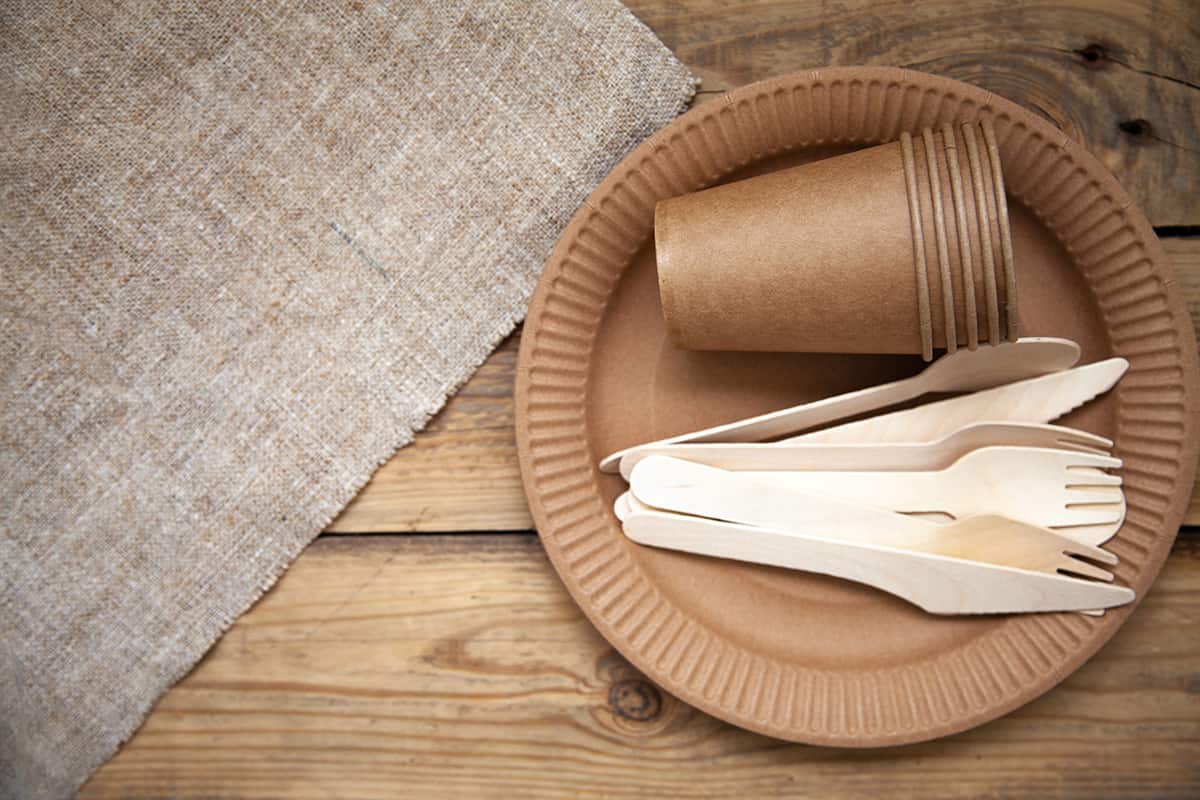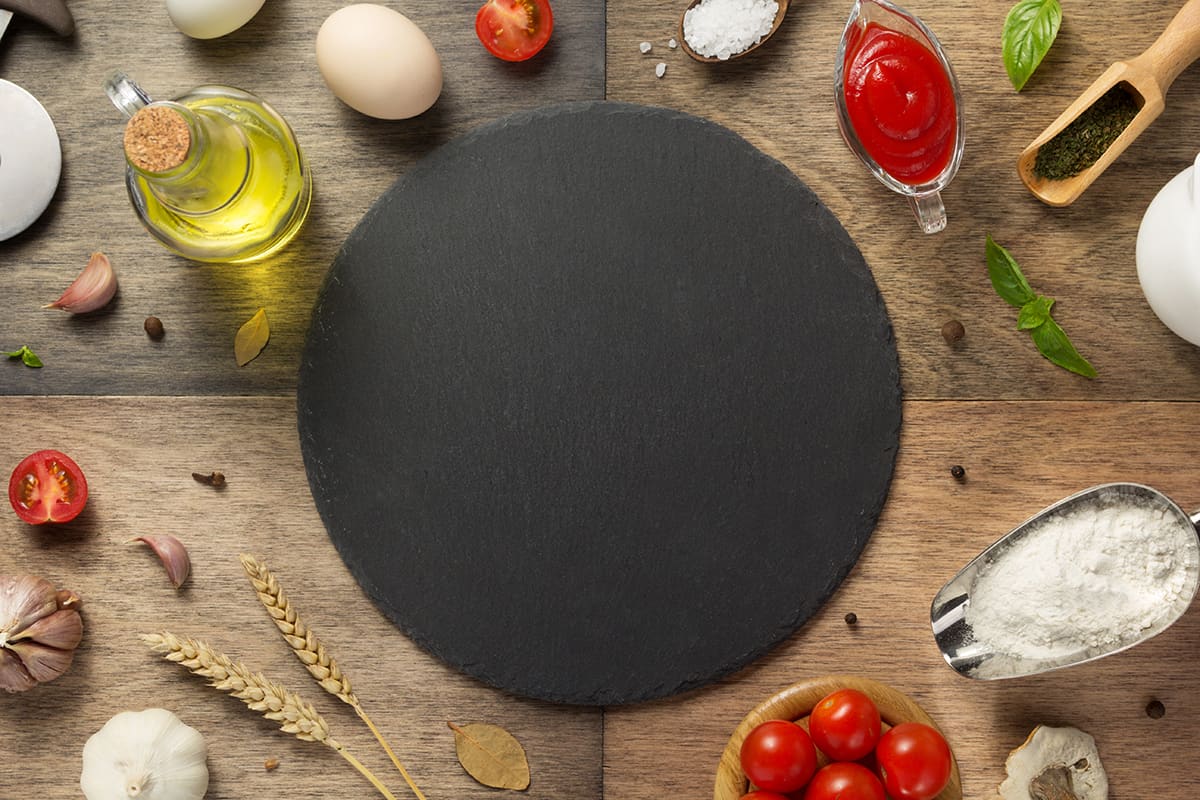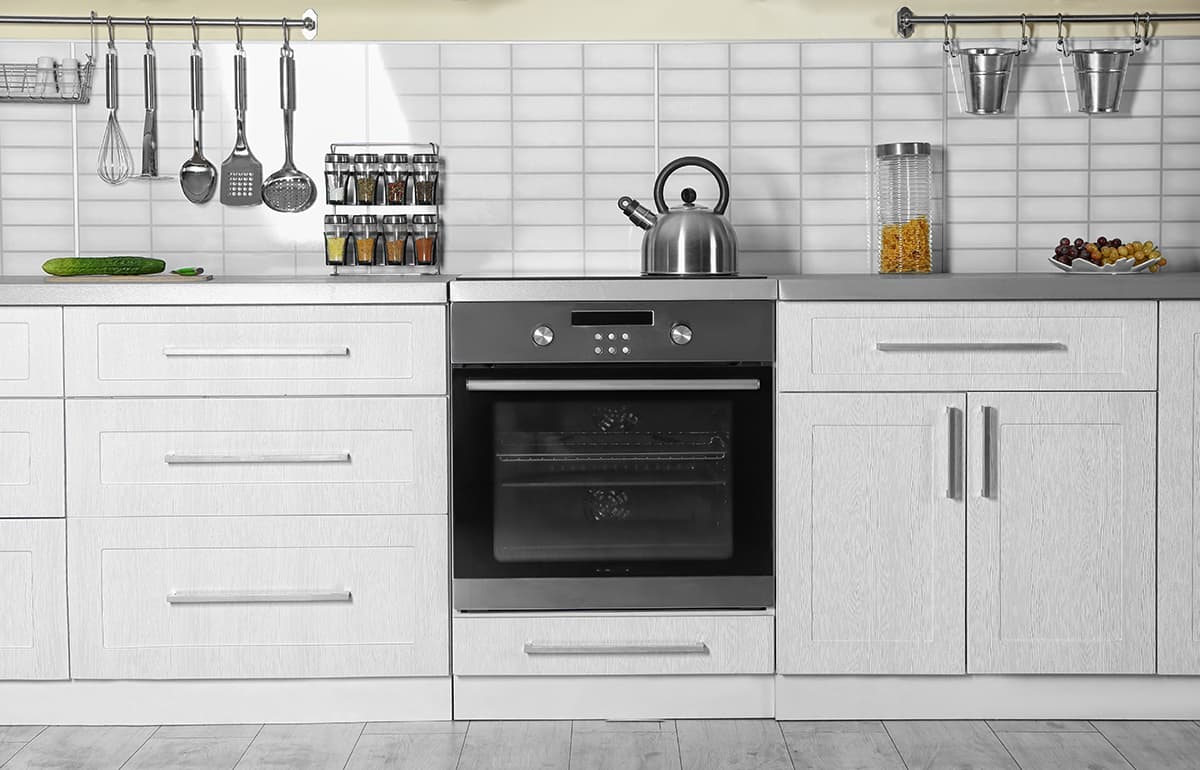If you’ve ever ordered a pizza for takeout, you’ll have noticed that it comes delivered in a cardboard box. Many people believe you can safely put the box with the pizza inside in your oven to warm it through, but this is a mistake that could actually be very dangerous.
Cardboard is a combustible material that can ignite under hot temperatures found in an oven, so you should never risk putting cardboard in the oven. If the cardboard has been treated with chemicals then the heat could also create fumes which will alter the taste and smell of your food and make it potentially unsafe to eat.
Here we explain in more detail why cardboard isn’t compatible with the oven and what you can use instead.
Is Cardboard Safe to Cook in?
Cardboard is not safe to cook in because it becomes combustible at 427°F. This means that if the inside of the oven reaches this temperature or higher, then the cardboard box is in danger of spontaneously igniting and causing an oven fire. Most pizzas are cooked at between 450 and 500°F, so you definitely don’t want to cook a pizza in a cardboard box when cooking at these temperatures because you have a good chance of having a dangerous fire on your hands.
If you are just reheating a pizza, it doesn’t need to be heated up to such a high temperature, and most pizza chefs recommend reheating pizzas at around 350°F. You might be tempted to put your pizza in the oven inside its cardboard box, considering the oven won’t be reaching the level of heat where cardboard becomes combustible.
This would be a hazardous call because cardboard could still ignite in lower temperatures, for example, if it comes into contact with the oven’s heating element. It is best to always avoid putting cardboard in the oven as a matter of safety.
Why is Cardboard Dangerous in the Oven?

There are a handful of reasons why cardboard is not compatible for use in the oven, and several of those reasons are regarding safety.
Spontaneous combustion
Cardboard can spontaneously combust at 427°F, which is a temperature the vast majority of ovens can reach. If your pizza box gets heated up to this level or beyond, you can expect the cardboard to ignite. If the cardboard ignites, the fire can become out of control rapidly inside an oven. The worst-case scenario would be a kitchen fire, but even in the best case, your home would be subjected to smoke damage.
Toxic chemicals
Some cardboard is treated with chemicals; for example, the cardboard you find beneath a pizza purchased from the grocery store is usually treated with an anti-stick surface. When these chemicals are heated up, they get released and can be absorbed into your food. This can not only leave an unpleasant taste and odor on your pizza, but it can also make the food unsuitable to be eaten.
Catch fire
If your oven is an older model then the heating element is likely to be more exposed compared with newer ovens. This puts the cardboard at a greater risk of catching fire when put in an oven because it could come into contact with the hot heating element.
Disadvantages of Putting Cardboard in the Oven
Putting cardboard in the oven is not only dangerous, but it also just doesn’t make sense for the efficient cooking of food.
Slows cooking
If you put a pizza in the oven while it is still inside its plastic box, it’s going to take a lot longer for the hot air to permeate through the cardboard to heat up the pizza. If you want to cut down your energy bills by using your oven for less time and also getting your pizza ready to eat more quickly, then you should not be putting it inside a cardboard box.
Bad smell and taste
The toxic chemicals which can be released when cardboard gets too hot can leave an unpleasant bitter taste on your food. It can also cause the food to smell and can also leave a lingering bad odor in your kitchen.
What Can You Cook Pizza on Instead of Cardboard?

Pizza should not be cooked on cardboard, and there’s no need to use cardboard when a wide range of other items is more suitable. Pizzas bought from a store will often be packaged on a cardboard base, but this should not be used in the oven to cook the pizza on. This cardboard is only intended to give the pizza stability and protection while being transported.
Cookie sheet
You can cook a fresh or frozen pizza on a cookie sheet or baking tray, and you can also heat up your leftover pizza on this type of tray. Metal conducts heat which will help to give your pizza a crispy base, and it will also help to keep the pizza flat so it retains its shape.
Pizza stone
Pizza stones are specifically designed to be used for cooking pizzas. They are usually made from ceramic or a composite material that can withstand very high levels of heat, such as those found in a traditional pizza oven. Pizza stones are great for replicating the taste and texture of authentic pizzas cooked in brick ovens because they heat up quickly and retain heat.
This means the pizza crust will begin to cook immediately as soon as it is placed on the stone. Using a pizza stone will speed up cooking times and give you a restaurant-quality result, making it a much better alternative to cooking on cardboard.
Oven shelf
Most manufacturers of frozen pizza recommend cooking the pizza directly on the oven shelf. This removes any barrier between the pizza and the hot air in the oven so that it cooks more quickly and evenly. Pizza makers also suggest that baking the pizza directly on the metal oven shelf will give your crust a crisper base.






